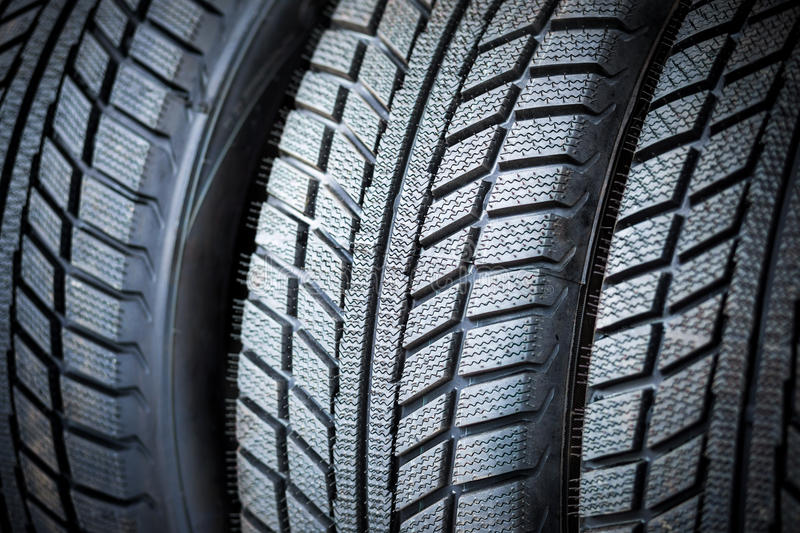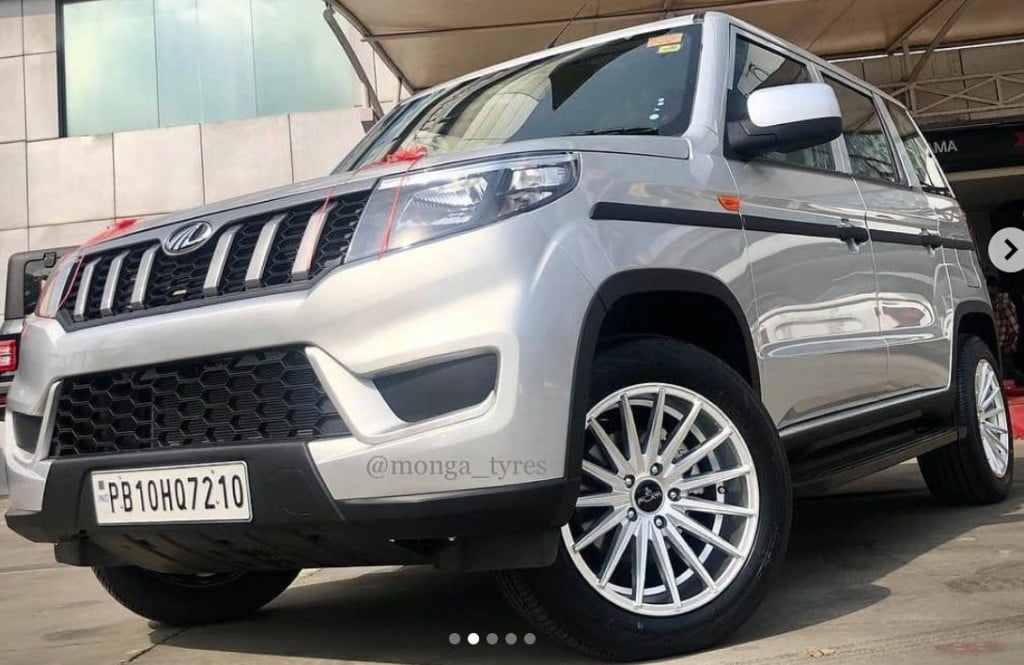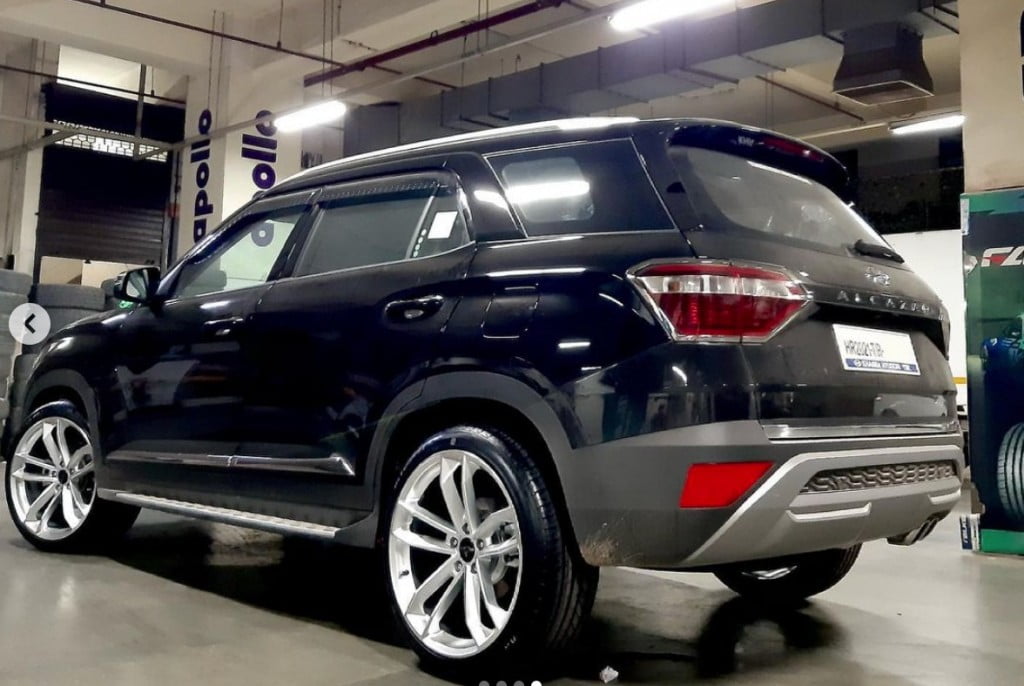Having larger wheels and tyres in your car without knowing the pros and cons could cause little problems. It is a common trend where people get inspired by more expensive luxury vehicles with massive tyre sizes. They want to replicate it on their regular cars as well. However, that could have quite some negative effects on various aspects of your car. We shall discuss the pros and cons of installing larger wheels or tyres in the car in detail.
Also read: What Happens if You Drive With Low Tyre Pressure?

Pros and Cons of Larger Tyres
Pros
- Appearance: The first and foremost difference that you will notice with the larger tyres is the appearance of your car. That is the reason why you must’ve seen the top trims of budget cars getting one size bigger than the lower variants. Larger wheels and tyres accentuate the exterior look of a vehicle.
- Handling: When the size of the size is increased, the surface area in contact with the road also increases. This becomes useful around the corners where the vehicle feels more planted. The handling characteristics of a vehicle are enhanced significantly.
- Traction: With wider tyres, the overall traction of the vehicle increases. The more traction, the better it is for the driving dynamics.
Also read: Nitrogen vs Air In Tires – Should You Use Nitrogen In Your Car Tyres?
Cons
- Ride Quality: The main disadvantage of larger tyres is the negative impact on the ride quality. If you decide to upsize your car’s tyres, it will invariably mean that you will have to go for low profile tyre. This means that the width of the tyre will increase but the height of the sidewall will decrease. This means that there will be less rubber to absorb the impacts of potholes and undulations on the road.
- Mileage: Bigger tyres are heavier which means that the overall weight of the car will increase. It will require more power and fuel to get the car moving. This will directly lead to lower mileage although the difference could be minimized if the new tyres are not too heavy.
- Steering: The steering might also feel a bit heavy with larger tyres.
- Speedometer: Because you are changing the diameter of the tyre, the calibration of the car will get affected. The rotation of the axle signifies a certain speed according to a specific diameter which is pre-set by the carmaker. However, if you opt for 17-inch wheels instead of 16-inch wheels, the speedometer and in turn, the odometer might show the wrong reading. Now, it might not be too inaccurate, but the difference will be there.
Also read: Why Choosing The Right Tyre Is Important And Easy?
Before you go, we would like to give you the formula to calculate the diameter of the tyre. If you want to get yourselves a bigger set of tyres or wheels, make sure that the difference in diameter remains less than 3% tolerance of your original diameter.

Total Diameter of Tyre = Sidewall Width x 2 + Rim Diameter (in mm)
For example, if your car has tyre size R16/195/55, the diameter of the tyre will be:
(55% of 195) x 2 + 15 x 25.4 mm
= 107.25 + 381
= 488.25 mm
Now the next tyre that you want to get on your car must have a total diameter that is not more than 3% of this value. This will ensure that you will not face too many negative effects of a bigger tyre.
also read: 6 Most Important Tyre Maintenance Tips Before Long Rides


